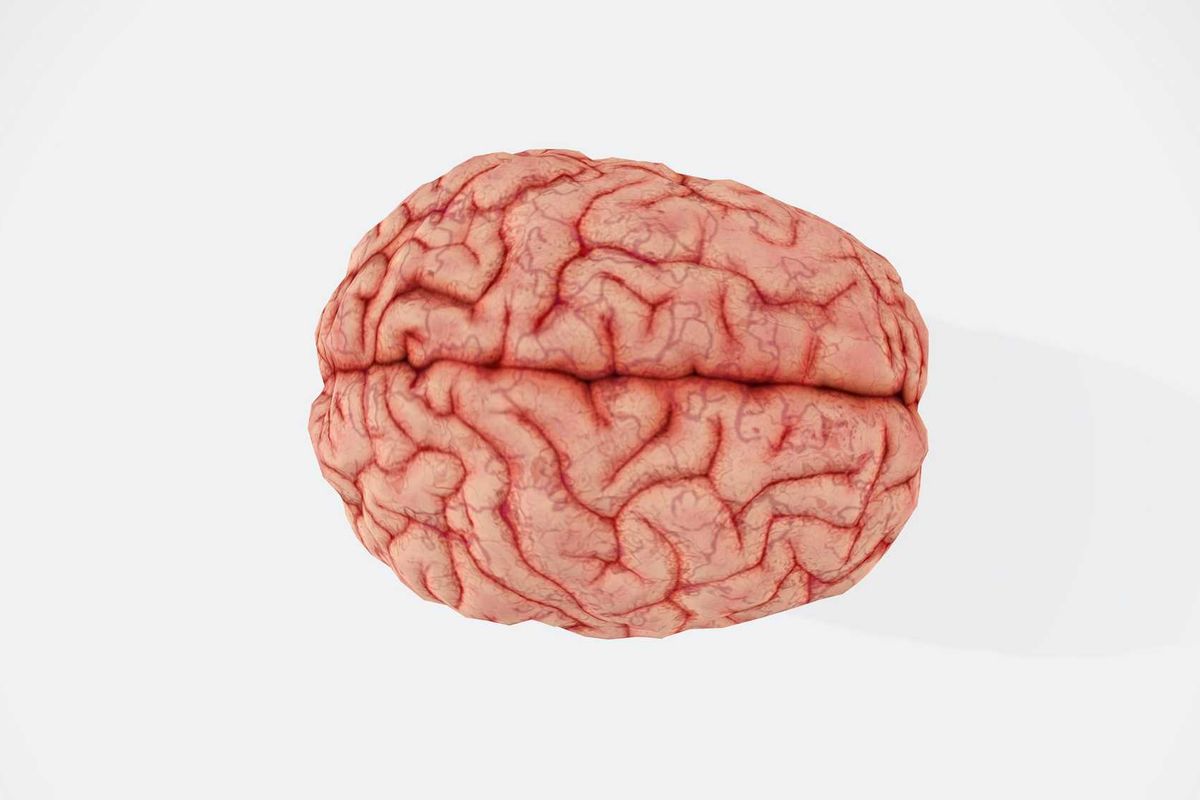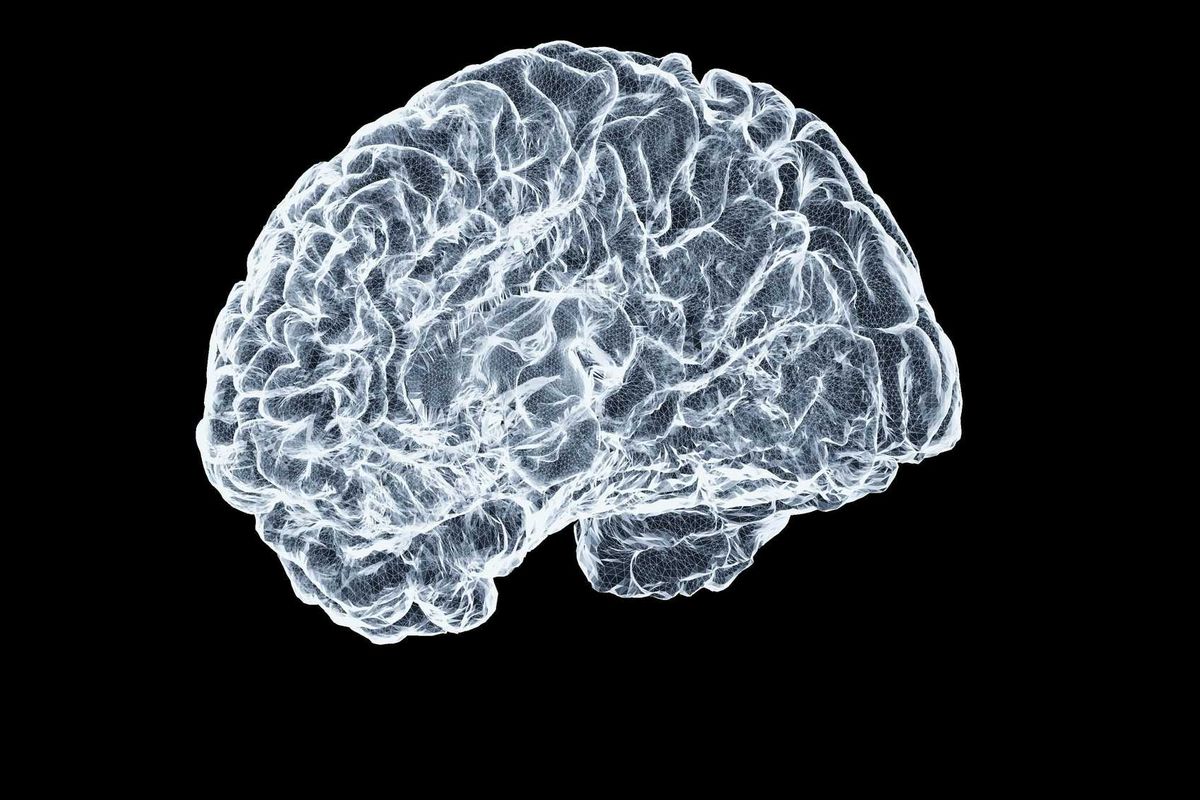Brainy PBS host and celebrity author visits Houston for mindful event
wise guy
Not many researchers have ever compared brain function to drug dealers, but then, not many researchers are David Eagleman. Much like charismatic astronomer Neil deGrasse Tyson, Eagleman brings hefty and brainy topics to a conversational and digestible level.
The globally renowned neuroscientist, TV host, and best-selling author will visit Houston to discuss his latest book, Livewired: The Inside Story of the Ever-Changing Brain. The event is produced by The Progressive Forum and will take place at Congregation Emanu El (1500 Sunset Blvd.) at 7:30 pm Thursday, April 28.
Tickets are available online or by calling 800-514-3849 and also at the door on event night. General admission tickets range from $45 and $70; reserved seats and speaker reception are $150. All ticket purchases include a free copy of Livewired.
This is a homecoming of sorts for Eagleman, who attended Rice University and Baylor College of Medicine. Since then, he has become a leading — if not the preeminent — voice on all things brain and neuroscience, covering sensory substitution, time perception, vision, synesthesia, and even the intersection of neuroscience with the legal system — a task he undertakes with the University of Houston.
He is perhaps most recognizable as host and writer of the PBS and BBC television series The Brain, which has been nominated for an Emmy. Penning books The Runaway Species, The Brain, Incognito, and Wednesday is Indigo Blue, Eagleman has written a bestselling fiction, Sum, which has been translated into 32 languages, turned into two operas, and named a Best Book of the Year by Barnes and Noble.
Eagleman also pens pieces for myriad publications and frequently appears on national radio and TV programs and has hosted a TED Talk.
His lab has launched several companies, including Neosensory, a firm that uses haptics for sensory substitution and addition, according to his bio.
“The Progressive Forum is pleased to welcome a great mind with Houston roots,” said Randall Morton, its president, in a statement. “As an undergraduate at Rice, he majored in British and American literature, then earned his PhD in neuroscience at Baylor College of Medicine.”
David Eagleman will appear at Congregation Emanu El, 1500 Sunset Blvd. at 7:30 pm Thursday, April 28. For tickets and more information, visit The Progressive Forum.
------
This article originally ran on CultureMap.





